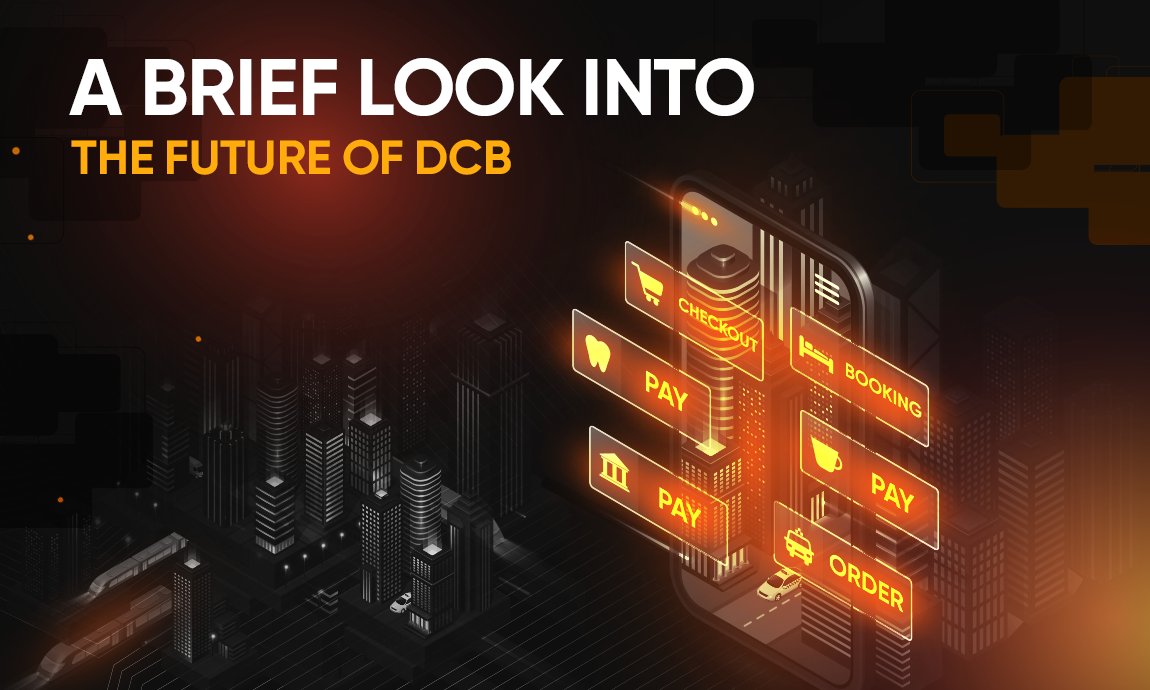
A brief look into the future of DCB technology development
Who would have thought that such a payment method as «send a message to a short number and get access to the service» would still exist in 2021.
However, direct billing — this is how payment through a mobile operator called-still exists. In a different format mostly, but still.
Fast-growing digital services market
Today, direct billing or DCB allows users to pay for digital services: games, podcasts, e-books, audio and video content-mostly through app stores. They are included in the mobile operator’s monthly bill, which makes the purchase process much easier.
The number of digital contents consumers is growing, as well as mobile subscribers. These two conditions contribute to the growth of direct billing. There are currently about 2.8 billion credit cards in the world, and at the same time there are already more than 8 billion SIM cards. Therefore, DCB offers a good opportunity for retailers and mobile operators to increase sales and transactions through a direct link for monetization. They have 8 billion potential customers for this.
Based on a significant number of researches, the upward trend will continue. For example, the Ovum Global Carrier Billing Forecast Report says that DCB transaction revenue will be $79 billion by 2023. For comparison, in 2018, it was equal to 46 billion. At the same time, the share of digital content worldwide paid for through DCB will almost double by 2023 (Juniper Research).
Why do people choose DCB?
First of all, this payment method is perfect for digital services as it is simple, secure and fast. 45% of users consider the card payment too long, while 90% are satisfied with DCB. Also, many people are not ready to share personal data on the Internet, so they choose direct billing.
DCB is also ideal for emerging markets, where the situation is not that smooth with banking services, but there are no problems with budget smartphones. The population mostly uses cash to pay mobile phone bills. This also allows them to access paid digital services. Just because people are at an economic disadvantage doesn’t mean they can’t be targeted as consumers.
A 2019 survey shows that 23% of millennials in the US do not use credit cards. Therefore, DCB has the potential to grow even in developed markets.
How will DCB develop in different countries?
Speaking about different markets. According to experts forecasts, DCB growth will be uneven. So, if in 2018 Asia accounted for 78.1% of mobile operator billing expenses, by 2023 the figure will increase to only 79%. North America will remain the leader, it accounts for almost half of the global market for DCB platforms. However, Western Europe, with 9% of global spending, will lose 1% by 2023.
The most significant increase is expected in Africa (12%) and Latin America (10%). The development of DCB in the Latin American region is currently hampered due to a complex tax system that prevents telecommunications companies from implementing modern solutions for direct billing.







 Searching...
Searching...